In this video the instructor shows the different methods of solving quadratic equations. There are many methods to solve quadratic equations each with its pros and cons, each method suitable for a particular situation. The first method to solve quadratic equation is factoring. The advantage of using this method is that it is quick and easy. But the problem is not all equations can be factored very easily. This method requires a lot of practice and intuition. Use this method when the discriminate is a perfect square which gives the factors as real numbers. Next is the square root method which is simple and fast. But it is common to forget the signs while using this method leading to errors. Use this method when the given equation can be written in the form of a square. This video compares different methods of solving quadratic equations.
Apple's iOS 26 and iPadOS 26 updates are packed with new features, and you can try them before almost everyone else. First, check Gadget Hacks' list of supported iPhone and iPad models, then follow the step-by-step guide to install the iOS/iPadOS 26 beta — no paid developer account required.





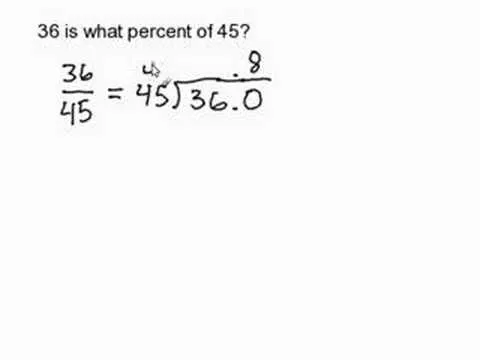
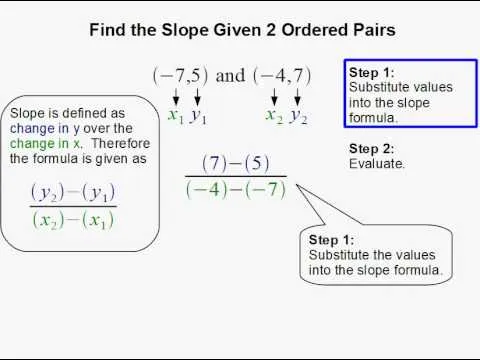











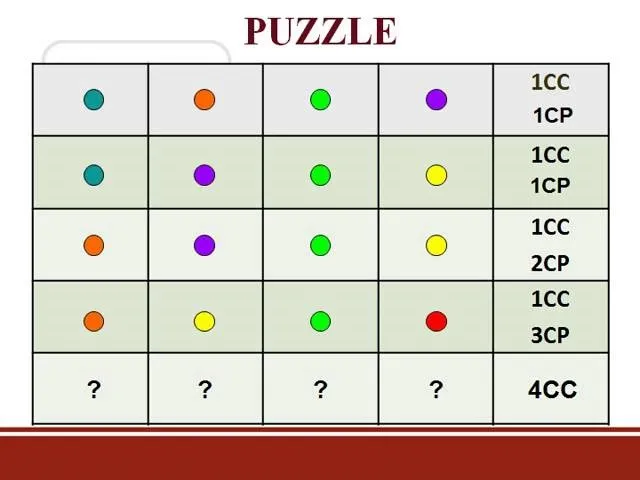
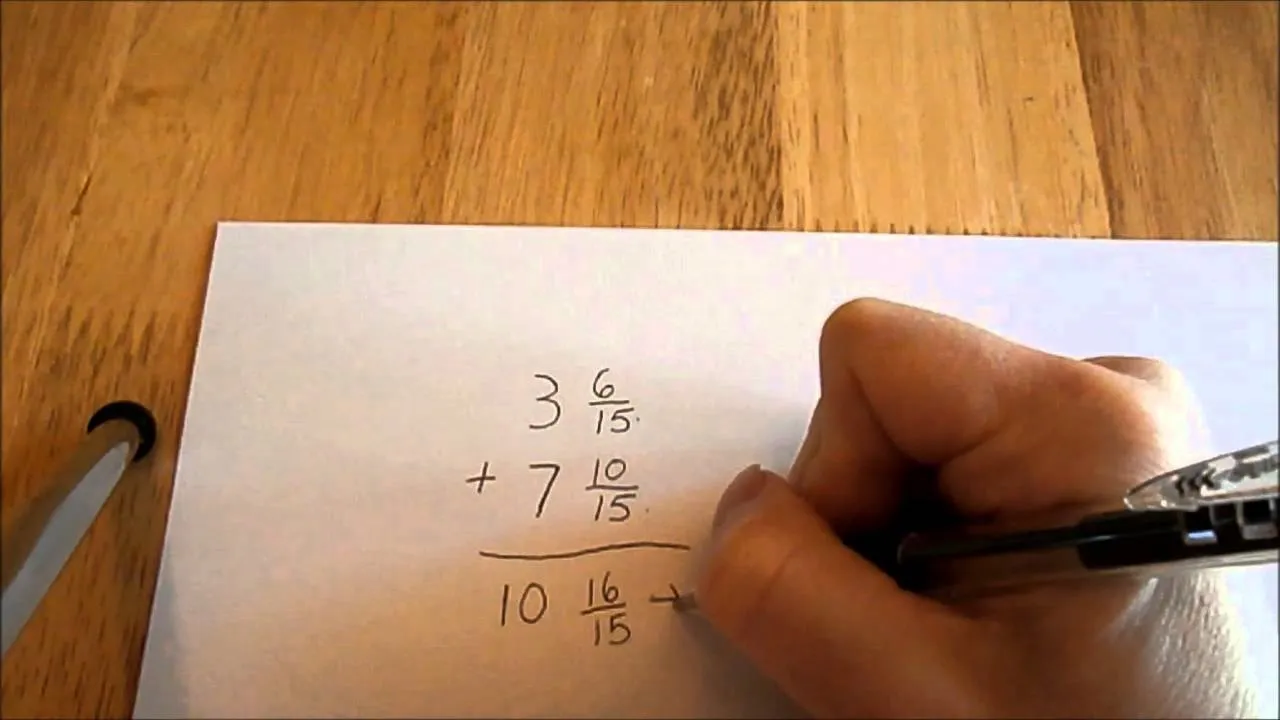

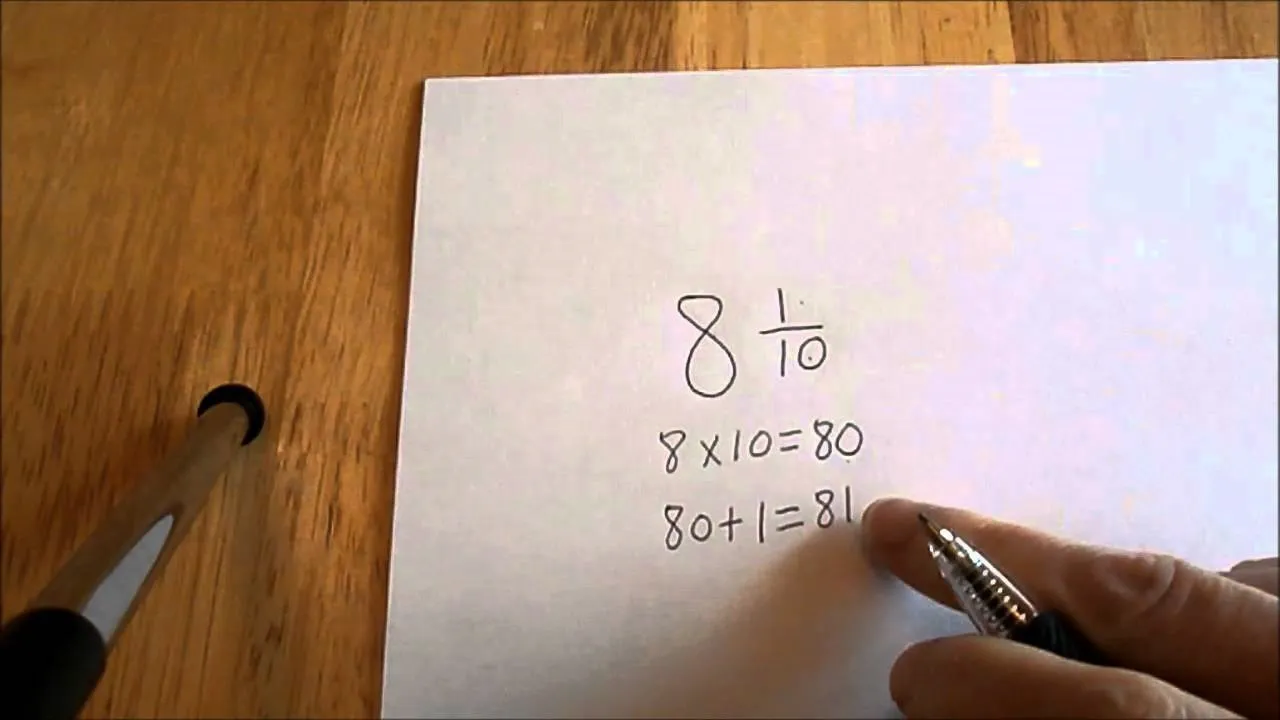


Comments
Be the first, drop a comment!